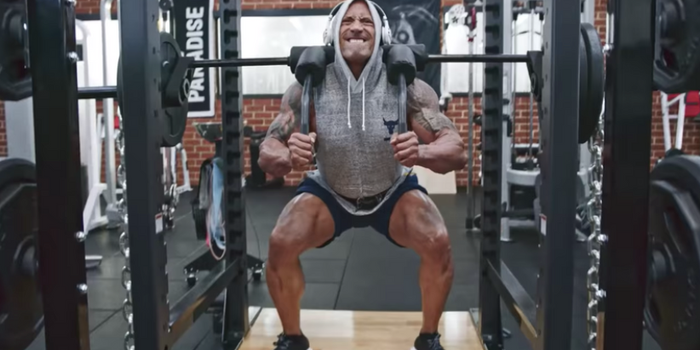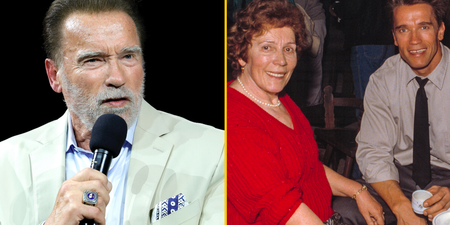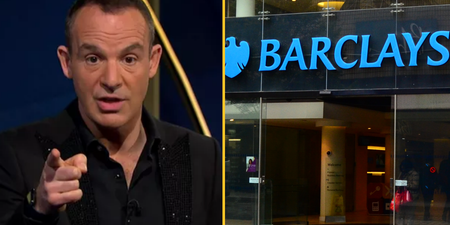It’s rightfully one of the most popular exercises of all time, but it’s also easy to get wrong
You’ll go far to find an exercise which works as many muscle groups as the squat. Your quads, glutes, hamstrings and many smaller muscles will all feel the force of a good leg session.
However, the squat is also extremely risky and can lead to serious injury if performed incorrectly. It works from a variety of joints, so the correct technique is essential.
Here are the key exercise tips to remember and mistakes to avoid, from Ultimate Performance trainer Emily Servante.
Squat stance
- “Pick a stance slightly outside shoulder-width, with feet pointing to 11 and 2 o’clock as a starting point. Rotate your knees outwards in line with the toes until your thighs are at least parallel to the floor
- You have reached the end of your range when you cannot go further without your bum tucking under
- If this position doesn’t feel comfortable, take your feet slightly wider and try again. Go too wide, however, and you will severely limit your depth – so play around with foot position
- It’s all about finding the sweet-spot that works for you. If you find it difficult to hit parallel regardless, try elevating your heels with a wedge or plates as this will increase your level of dorsiflexion (range at the ankle) and therefore the amount of knee flexion you can achieve.”
Body positioning
- “Torso position is determined by your biomechanics, so if you feel like you need to lean forward, allow your body to do so; don’t force yourself into an upright position that arches your lower back
- Last but not least, remember to brace! Before going into the squat, fill your ribcage with as much air as possible, imagining you are trying to break off a belt
- Retain your breath as you descend and only exhale once you get back to the start position, making sure not to fully relax the abs at any point during the set.”
Depth
- “If you’re a beginner, master the movement with bodyweight and progress to using a barbell as and when you’re able to maintain good form and range
- You can progress from bodyweight squats using a goblet squat, barbell back squat, or front squat
- Remember, not everyone is designed to squat; if your range is so limited you can’t squat to at least parallel or your forward lean is significant, it might be better to opt for another knee flexion exercise
- A pendulum machine, leg press or hack squat will all allow you to achieve the maximum range at all joints and lift the most amount of load possible.”























































